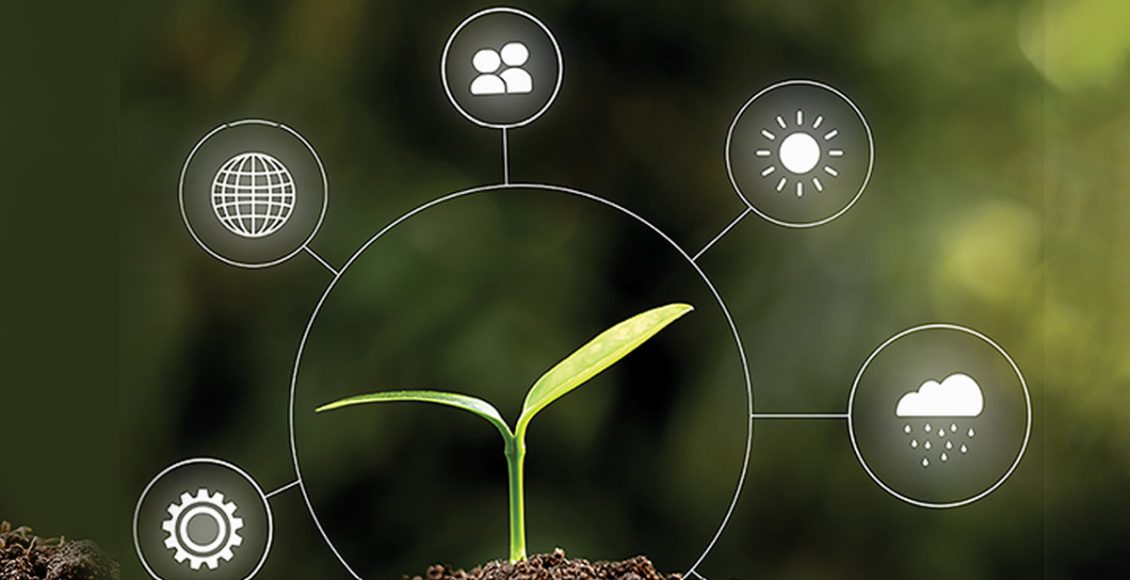
Accelerating Breeding Programs using Crop Simulation Models
Accelerating crop improvement programs is necessary to meet the growing demand due to population growth and mitigating biotic and abiotic stresses. Crop production requires the development of new genotypes that meet specific agronomic traits. The optimization of breeding strategies is complex and is compounded by cost, time, and resources and addresses fewer traits than desired. Crop simulation models (CSM) are essential tools to characterize the agricultural system and predict the impact of climate changes on crop management practices and new breeding technologies. CSMs are computational tools used to mimic crops’ growth and developmental stages utilizing climatic and geographic data. The breeders can design and implement efficient and effective breeding strategies through such decision support systems.
Modern plant breeding is data-driven and is based on statistical prediction models that leverage genomic and phenomic data to accelerate genetic improvement. Crop modelling represents a better way of creating knowledge by summarizing data that helps to assess genotype performance across diverse target environments (G x E) and reduce the turnaround time in delivering the product. Numerous simulation models, such as statistical, mechanistic, deterministic, stochastic, dynamic, and static, are designed with varying levels of complexity to simulate crop species and cultivars to predict growth and yield depending on the availability of the data and information. These models are used for different purposes, such as crop management, yield gap analysis, crop-pest interactions, and climate change impact studies. The most widely used simulation models include (i) Decision support for Agrotechnology Transfer (DSSAT), (ii) Agriculture production system sIMulator (APSIM), and (iii) AquaCrop, which can simulate 42, 39, and 15 crops, respectively. Mechanistic models such as APSIM and Simple Simulation Modelling (SSM) have been used successfully to predict growth and yield in some crops like chickpea, lentils, beans, soybean, peanut, sorghum, wheat, and maize. Newer developments include combining remotely sensed data and simulation models as well as making recommendations more dynamic.
Crop simulation models are established for major food/fiber crops such as maize, wheat, rice, soybean, potato, and cotton and need customization for other crops. Breeders also need to improve prediction models through cross-validating simulation studies and are encouraged to use this robust tool regularly alongside the classical approach. The combination of these tools and high throughput phenotyping enhances the predictive accuracy of heritability and genetic prediction while alleviating the performance efficiency of breeders to develop varieties with the improved trait.
Delivering market-leading crop varieties is essential to have a competitive advantage and sustainability in the agricultural sector. Seed companies are adopting new technologies and new market strategies to strengthen their presence in the Indian market. It is always preferable to use one or more methods/models in combination to get realistic inferences valid to the farmers, who are the ultimate beneficiaries. Using such advanced technologies, seed companies can ensure that they sell the best seed suitable for a specific region. This also reduces the risk of marketing the wrong type of seed to the target population and reduces farmers’ risk of low crop yield or crop failure.
Author

Connect with Author at: E-mail agribusiness@sathguru.com
 Grow Beyond
Grow Beyond 

